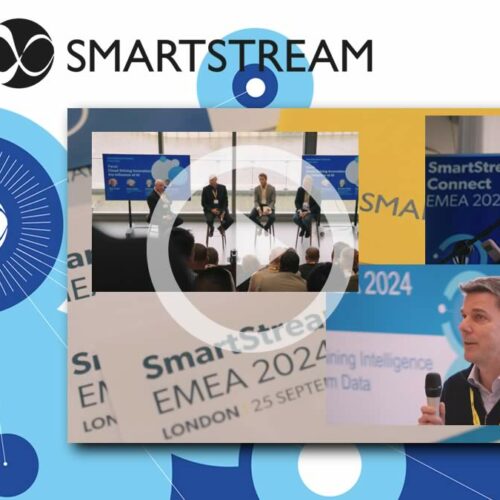By Jason Ang, Global Programme Manager TLM Collateral Management, SmartStream | June 2022
There was much industry discussion at the ISDA AGM 2022 around Crypto in general. Having had the chance to attend the sessions and after speaking with fellow attendees, it was clear that there were two separate discussions happening: Crypto Derivatives, and Crypto as Collateral, which I’ve summarised below.
Crypto Derivatives
Similar in structure to other derivatives, except that the underlying primary asset would be a crypto currency like bitcoin. While there are similarities between a crypto currency and a regular currency, there are some issues. The example most brought up is that a crypto currency can be forked, and if so, there is a need to ensure that the derivatives contracts can cover such an eventuality. It seemed like this could be dealt with by further exploration with ISDA, who are “working to develop contractual standards that will bring order and efficiency to this fast-evolving market” Scott O’Malia” (see IQ-in-brief – ISDA AGM Special.pdf). Given the market familiarity with and systems support for ISDA standards and protocols; this would likely result in an increase in trading of Crypto derivatives by institutional investors.
Crypto as Collateral
- Coin as Collateral
- While this is an interesting case, the volatility of the asset itself (as evidenced recently in May 2022) may preclude this from use as collateral.
- Valuation frequency would need to be quite often, leading to intraday margin calls.
- If treated as currency, then we would have to figure out what interest rate would be used to pay interest, unless we treat it as a security.
- Central banks may issue stable coins, pegged to their currency or another instrument. This would provide less volatility and make it more suitable as collateral. We would treat it as we do any other currency.
- Tokenization
- Pools – A structure like this would probably mean that a trusted party could pool assets and then issue tokens based on the value of the assets within the pool. The value of the token could float as the value of those assets changed over time. Or, if the value of the token were fixed, then additional assets would need to be added or removed to preserve that fixed value.
- Tokenization of Current Collateral – It appears that this is the closest thing that will come to fruition. This is a situation where an existing security is tokenized, and so one could then take advantage of the unique properties of a blockchain to speed up settlement notification and eliminate settlement risk.
We will be keeping an eye on this space and reporting on any further developments.






